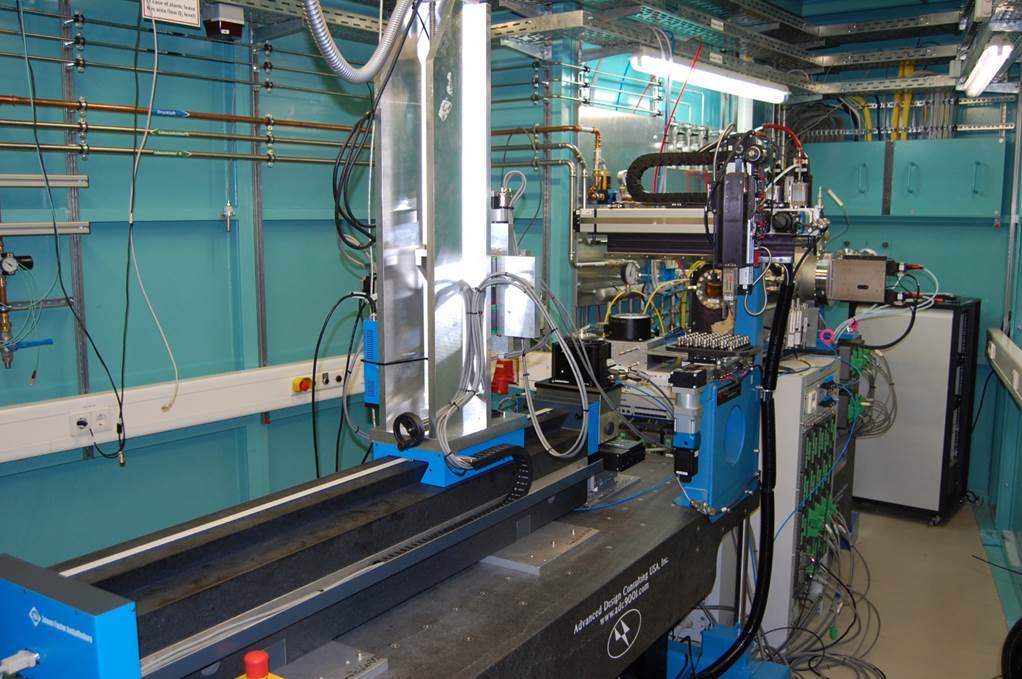- large area sample mapping giving a full image of strain/defect topography of the sample;
- cross-sectional slice images through the sample (in a manner analogous to TEM);
- 3D directionality of crystal defects;
- fine lateral resolution (<1μm) over large areas.
Microtomography and microradiography allows, in a non-destructive manner, to image the internal structure of an object. Microtomography using synchrotron light sources delivers three-dimensional (3D) images of the object with high resolutions down to the submicrometer range, an excellent signal-to-noise ratio and additional contrast modes like phase contrast and holotomography. Typical applications for microtomography and microradiography are:
- detection of voids and pores in industrial components;
- imaging tissue and other soft materials in biological and life science;
- pore formation in metal foams, evolution of particle coarsening in materials science;
- crack propagation;
- diffusion processes in woven materials;
- characterization of fibre structures, porous media, particle agglomerations by microtomography and a subsequent 3D image analysis.




